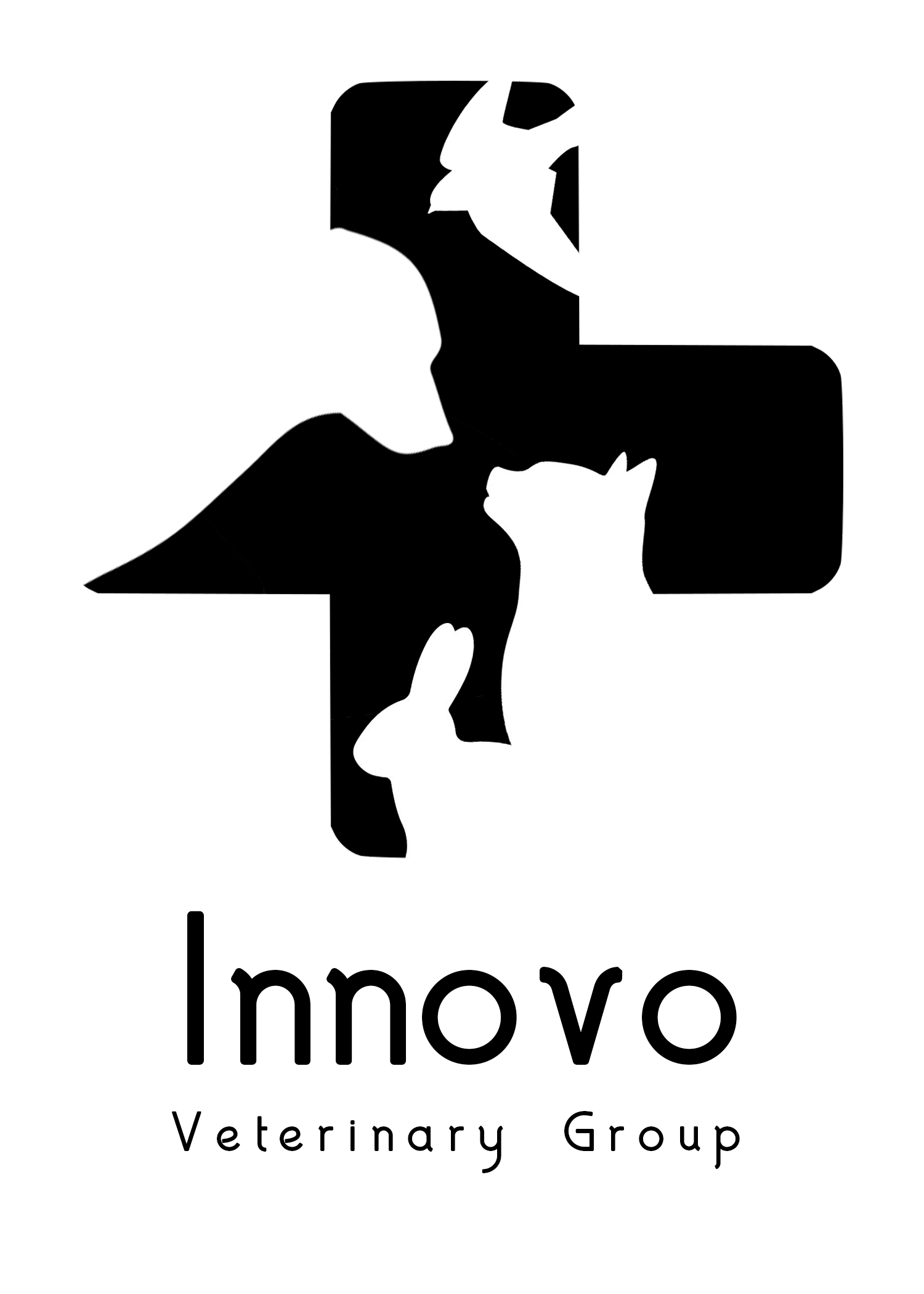This minimally invasive procedure allows a veterinarian to see inside a pet’s body and, when necessary, take biopsies (tissue samples) without having to perform surgery. Endoscopy is commonly used to examine the inside of the ears, nose, esophagus, colon, bladder, stomach, and other internal organs. Endoscopy can also be used to assist with minimally invasive surgeries and is particularly valuable in retrieving swallowed items.
The endoscopy helps our doctors identify abnormalities such as inflammation, abnormal swelling, or areas of scarring or stricture (abnormal narrowing). If a foreign body such as a bone, stick, rock, toy, coin, or hairball is seen, it can usually be seen and retrieved.
To perform this procedure, the veterinarian inserts the endoscope (a long tube with a camera at one end) into the area to be examined. Incisions are sometimes required; however, the incisions used for endoscopic procedures are considerably smaller than those used in traditional surgery. This means a much less painful and quicker recovery for your pet.
Endoscopy does require that your pet be placed under anesthesia. As with all such procedures, we follow strict protocols and continually monitor your pet’s vital signs to help ensure his or her safety. Please see the descriptions under Anesthesia and Patient Monitoring for more information on what we do to keep your pet safe.
For more information about endoscopy, check out our pet health library!
